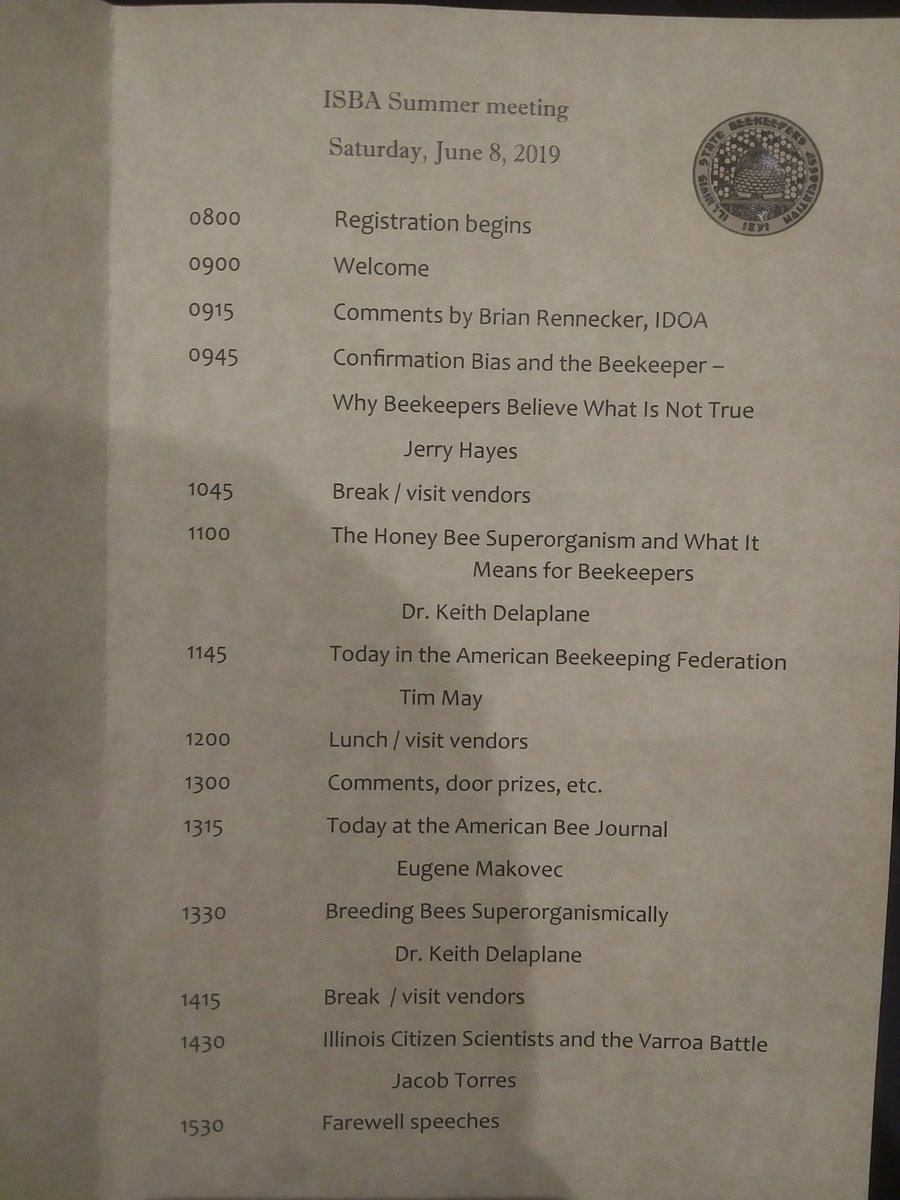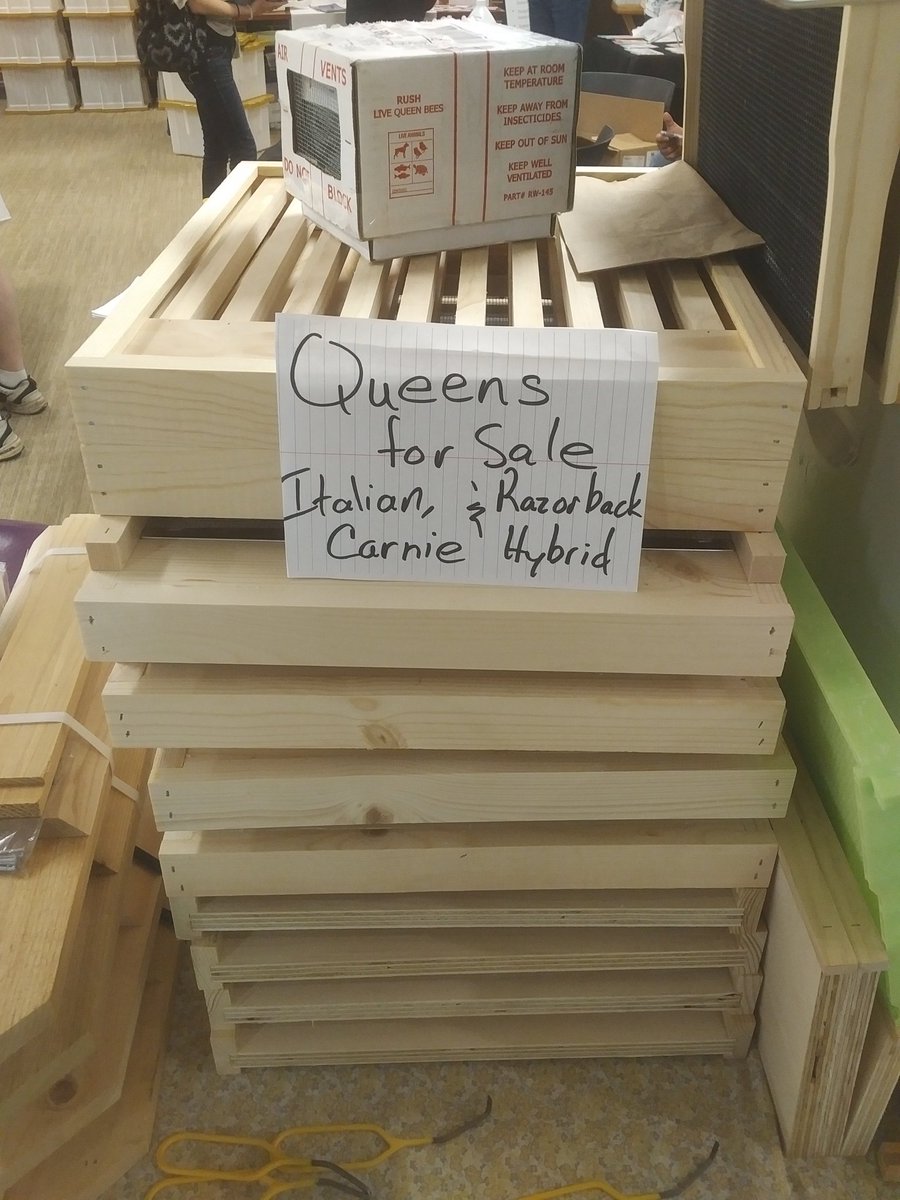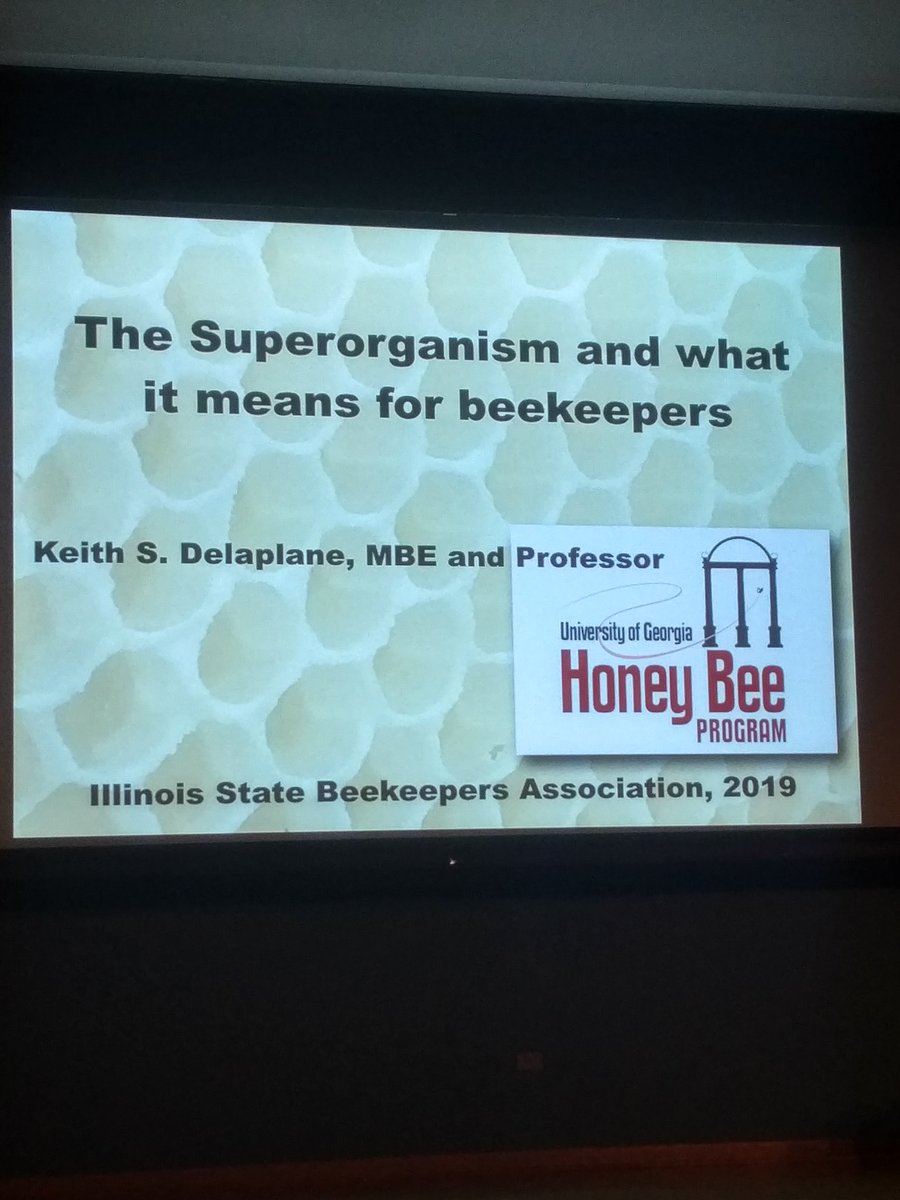
So an average of 5 or so hives per Apiary.
Check out Beescape.org for more info
Illinois 1. Oklahoma 0
39.8% had less than 5 years of experience.
Looks like lack of knowledge and laziness(?) is driving colony loss
So >76% of the total amount of hives in the US go to CA for almonds each year!
Hamilton, J Theoretical Biology, 1964, 7, 1-16. THE seminal paper for social insect behavior
Only if this is true, can altruistic behavior fit in with Darwinian genetics.
Hamilton's rule. Kin selection theory. Cool stuff
Essentially taking two steps forward and one step back each generation. Taking 10% favorable genetics/queens and mating with rest of 90% of drones each generation.










